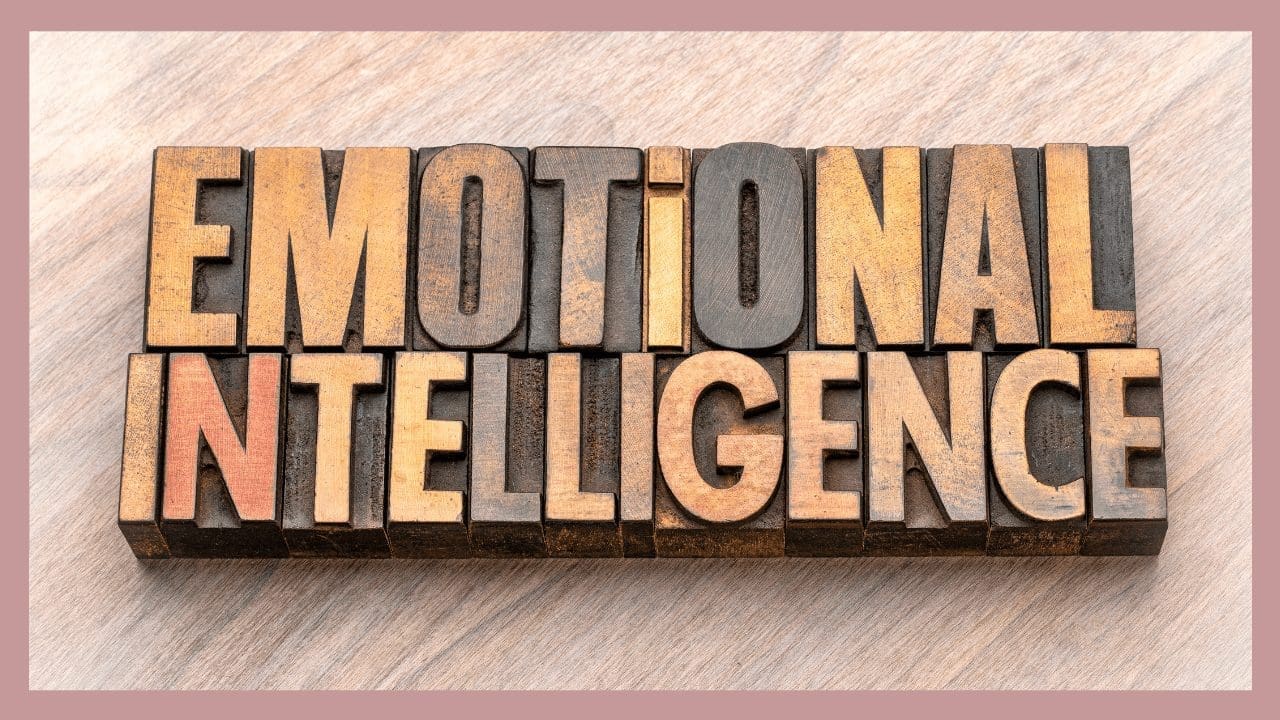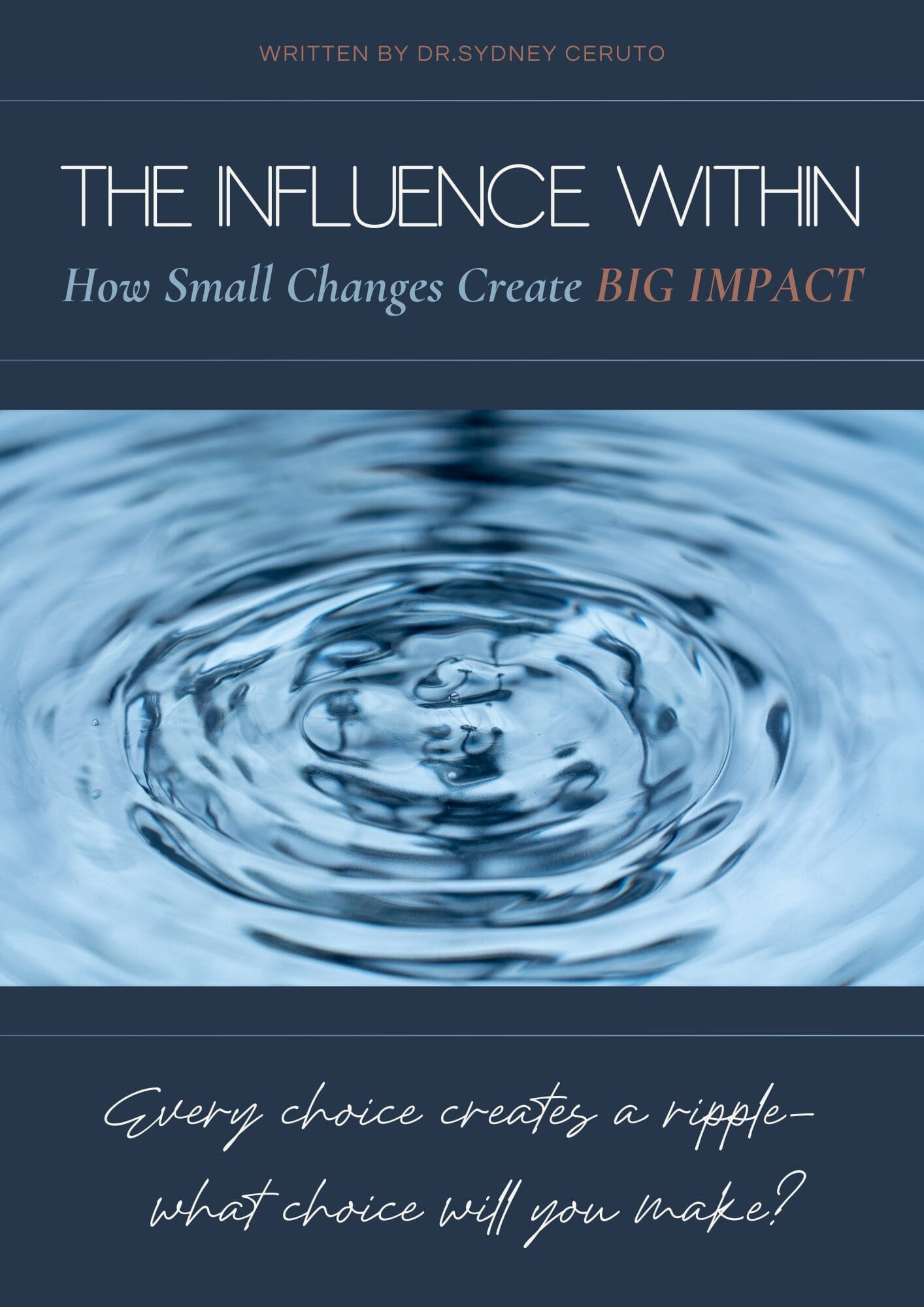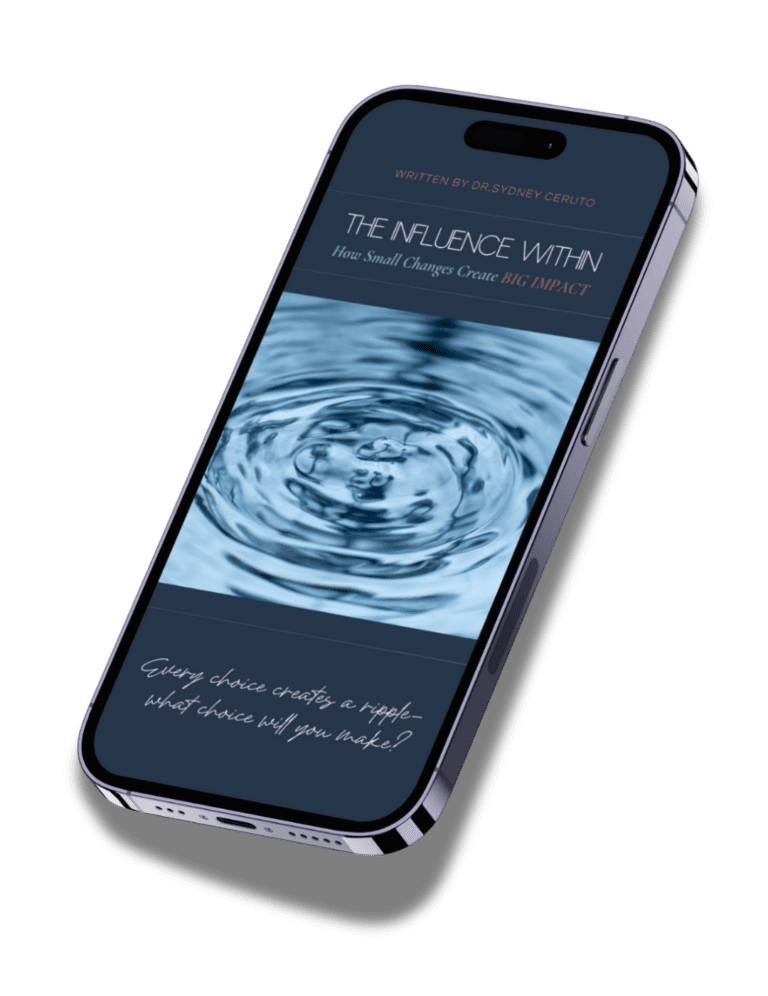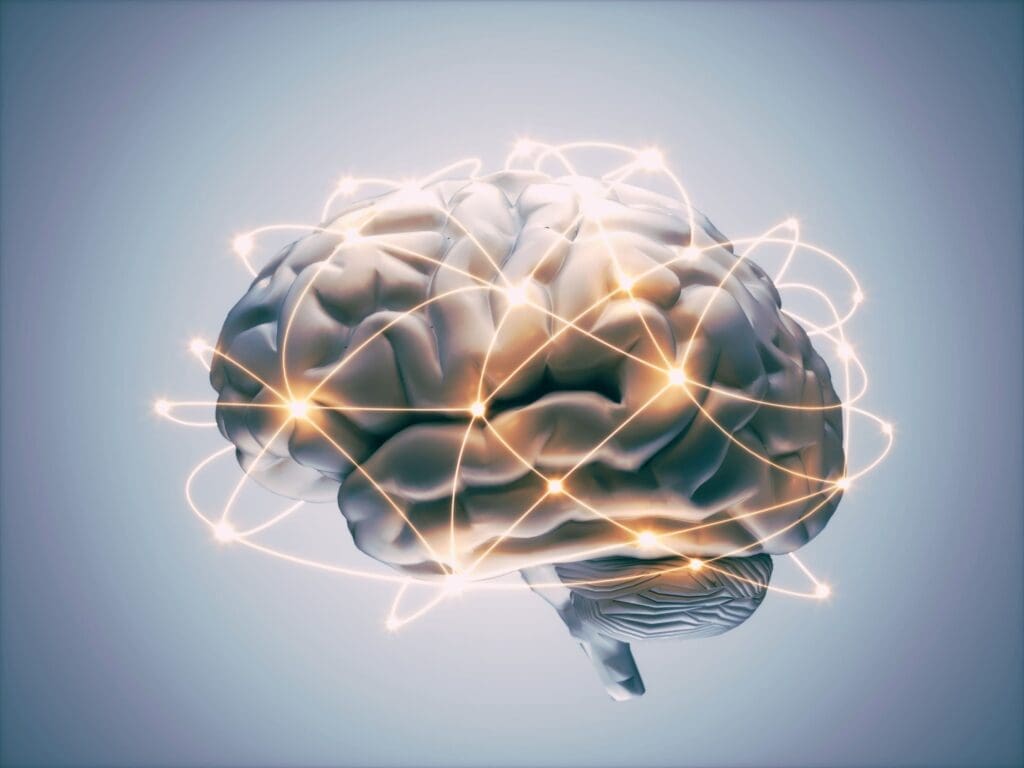In this article, I will tell you about the Emotional Intelligence of others and the skill of perceiving and understanding others’ emotions.
A person’s ability to understand and manage their own emotions, as well as their ability to recognize and respond appropriately to the emotions of others. It involves being aware of your own feelings and those of others, being able to regulate your emotions, and using emotions in a positive and effective way in your interactions with others.
Being able to observe the non-verbal signals people give that indicate how they are feeling. These may include voice tone, facial expression, eye movement, head position, postural changes, speech characteristics, breathing characteristics, and more.
Understanding accurately what these signals mean concerning their underlying emotions. This is different from misreading a person. Some people take things personally, even when the emotional signals are nothing to do with them. This is a low level of emotional intelligence in this dimension.
- Being accurate is.
- Being able to perceive the impact that you are having on someone else.
- Being able to read the play in meetings.
- Hearing people expressing their emotions without belittling, ridiculing, or dismissing them, e.g., not telling them they are “being too emotional.”
- Being able to ask people how they feel.
- Understanding why certain emotions may have arisen in specific contexts.
- Paying attention to the emotions of others in meetings, negotiations, performance reviews, and other situations in which they emerge at work.
- Perceiving emotional overtones in an organization, team, or interaction, even when these remain unspoken.
Advantages of High-level Emotional Awareness of Others:
There are a few advantages of high-level emotional awareness of others which I mentioned below:-
- You will have more chances to respond appropriately to others when you know how they feel.
- You will be better able to read the play in a meeting, negotiation, or discussion and thus have the option to respond in a meaningful and influential way.
- You can engage, respond, motivate and connect with other people.
- You can choose the best communication method when talking to employees, colleagues, or stakeholders.
- Your relationships can develop to a deeper level, and trust can grow when people feel understood by you.
- You are more likely to be able to show empathy and be regarded as empathic once you have understood how someone is feeling.
- You will have fewer surprises. When you know how someone feels, their reactions will be less surprising.
- It will be easier to motivate people as you will have high emotional intelligence and a greater understanding of the emotional drivers of their behavior.
- You will have a better chance of getting the timing right in your communications.
- You will know when the best time is to approach someone and when it is best to wait. This could significantly affect your influence and ability to persuade others.
As a doctor of neuroscience, my job is to read people, not just what they say, but who they are. Interpreting verbal and nonverbal cues, I want to see past their masks into the natural person.
Logic alone won’t tell you the whole story about anybody. You must surrender to other vital forms of information to learn to read the essential non-verbal, intuitive cues people give off.
To do this, you must also be willing to surrender any preconceptions, or emotional baggage, such as old resentments or ego clashes, that stop you from seeing someone clearly.
The key is to remain objective and receive information neutrally without distorting it.
Whether you’re reading your boss, co-worker, or partner, to understand people accurately, you must surrender biases, and some walls must come down.
As brilliant as the intellect is, you must be willing to let go of old, limiting ideas. People who read others well are trained to read the invisible. They’ve learned to utilize their “super-senses” to look further than where you usually focus on accessing life-changing intuitive insights.
Let’s explore some of the different methods of reading people I found most compelling.
They all require surrendering pure logic in favor of also receiving alternative, non-linear forms of input.
Techniques in the Art of Reading People
Observe Body Language Cues
Research has shown that words account for only 7 percent of our communication, whereas our body language (55 percent) and voice tone (30 percent) represent the rest. Here, the surrender to focus on is letting go of trying too hard to read body language cues. Don’t get overly intense or analytical. Stay relaxed and fluid. Be comfortable, sit back, and observe.
Pay Attention to Appearance
When reading, others notice: Are they wearing a power suit and well-shined shoes, dressed for success, indicating ambition? Jeans and a T-shirt, indicating comfort with being casual? A tight top with cleavage, a seductive choice? A pendant such as a cross or Buddha indicating spiritual values?
Notice Posture
When reading people’s postures, ask yourself: Do they hold their heads high and confident? Or do they walk indecisively or cower, a sign of low self-esteem? Do they swagger with a puffed-out chest, a sign of a big ego?
Watch for Physical Movements
Leaning and distance—Observe where people lean. Generally, we lean toward those we like and away from those we don’t.
Crossed arms and legs—This pose suggests defensiveness, anger, or self-protection. When people cross their legs, they tend to point the toes of the top leg towards the person they are most at ease with.
Hiding one’s hands—When people place their hands in their laps or pockets or put them behind their backs, it suggests they are hiding something.
Lip biting or cuticle picking—When people bite or lick their lips or pick their cuticles, they try to soothe themselves under pressure or in an awkward situation.
Interpret Facial Expression
Emotions can become etched on our faces. Deep frown lines suggest worrying or overthinking. Crow’s feet are the smile lines of joy. Pursed lips signal anger, contempt, or bitterness. A clenched jaw and teeth grinding are signs of tension.
The Second Technique is: Listen to Your Intuition
You can tune into someone beyond their body language and words. Intuition is what your gut feels, not what your head says.
You perceive nonverbal information via images and ah-has rather than logic. If you want to understand someone, what counts the most is who the person is, not their outer trappings. Intuition lets you see further than the obvious to reveal a richer story.
Checklist of Intuitive Cues
1. Honor your gut feelings
Listen to what your gut says, especially during first meetings, a visceral reaction that occurs before you can think. It relays whether you’re at ease or not. Gut feelings occur quickly, a primal response. They’re your internal truth meter, relaying if you can trust people.
2. Feel the goosebumps
Goosebumps are marvelous intuitive tingles that convey that we resonate with people who move or inspire us or are saying something that strikes a chord. Goosebumps also happen when you experience deja-vu, a recognition that you’ve known someone before, though you’ve actually never met.
3. Pay attention to flashes of insight
In conversations, you may get an “ah-ha” about people who come in a flash. Stay alert. Otherwise, you might miss it. We tend to go on to the next thought so rapidly that these critical insights are lost.
4. Watch for intuitive empathy
Sometimes you can feel people’s physical symptoms and emotions in your body which is an intense form of empathy. So, when reading people, notice: “Does my back hurt when it didn’t before? Am I depressed or upset after an uneventful meeting?” To determine if this is empathy, get feedback.
5. Sense Emotional Energy
Emotions are a stunning expression of our energy, the “vibe” we give off. We register these with intuition. Some people feel good to be around; they improve your mood and vitality.
Others are draining; you instinctively want to get away. Though invisible, this “subtle energy” can be felt inches or feet from the body. In Chinese medicine, it’s called chi, a vitality essential to health.
Strategies to Read Emotional Intelligence of Other Energy
1. Sense People’s Presence
This is the energy we emit, which is not necessarily congruent with words or behavior. The emotional atmosphere surrounds us like a rain cloud or the sun. As you read, people notice: Do they have a friendly presence that attracts you? Or are you getting the willies, making you back off?
2. Watch People’s Eyes
Our eyes transmit powerful energy. Just as the brain has an electromagnetic signal extending beyond the body, studies indicate that the eyes project this too. Take time to observe people’s eyes. Are they caring? Sexy? Tranquil? Mean? Angry? Also, determine: Is someone at home in their eyes, indicating a capacity for intimacy? Or do they seem to be guarded or hiding?
3. Notice the Feel of a Handshake, Hug, and Touch
We share emotional energy through physical contact, much like an electrical current. Ask yourself whether a handshake or hug feels warm, comfortable, and confident. Or is it off-putting, so you want to withdraw? Are people’s hands clammy, signaling anxiety? Or limp, suggesting being non-committal and timid?
4. Listen for the Tone of Voice and Laugh
The tone and volume of our voice can tell much about our emotions. Sound frequencies create vibrations. When reading people, notice how their tone of voice affects you. Ask yourself: Does their tone feel soothing? Or is it abrasive, snippy, or whiny?

